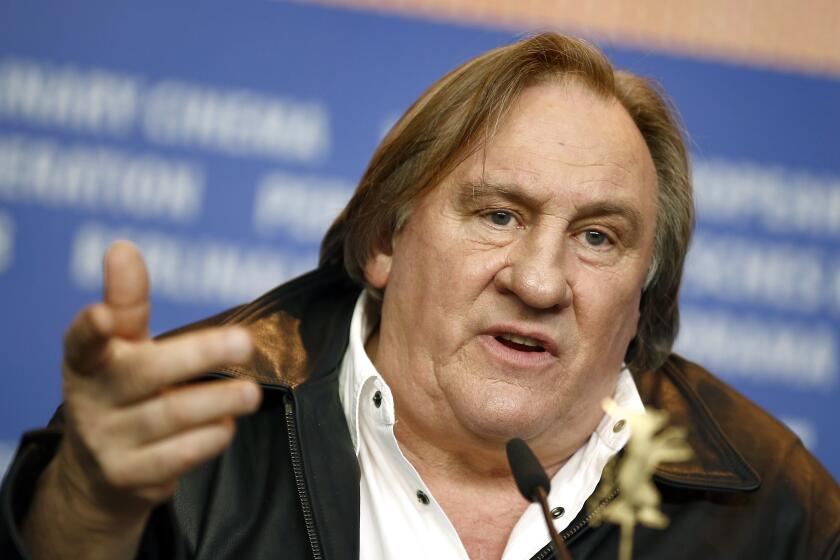Drug Use by Young Teens Still Dropping, Study Finds
Drug use among young teens continued to slide in 1999, but young adults ages 18 to 25 are bucking the trend, according to a national survey released Thursday.
Of those surveyed, 9% of youngsters 12 to 17 years old told government researchers that they had used illicit drugs within a month of responding. Down from 9.9% in 1998 and 11.4% in 1997, the latest figures on youth drug use mark the third year in a row that it has declined in this bellwether group. At the same time, however, the rate of illicit drug use among those just entering adulthood--ages 18 to 25--hit 18.8% in 1999, compared with 14.7% in 1997.
After a steady rise in youth drug use in the early 1990s, “we now have a consistent downward trend in drug use among teenagers that is very gratifying,” said Health and Human Services Secretary Donna Shalala.
But she called for more to be done to stem the use of alcohol and tobacco by youngsters. Shalala released the findings of the National Household Survey on Drug Abuse along with Gen. Barry R. McCaffrey, director of the White House Office of National Drug Control Policy.
Among those 12 to 17 years old, 18.6% said they had consumed alcohol in the last month and 10.9% were termed binge drinkers--a rate of alcohol abuse that has remained flat for the last several years. And 15.9% smoked cigarettes, down from 19.9% in 1997.
At the White House, President Clinton called on Congress to fund the administration’s proposed $3.3-billion substance abuse prevention and treatment initiatives for 2001 and to “reject . . . the interests of big tobacco” and allow suits against the industry to move forward.
In an intriguing first, the yearly report captured which brands of cigarettes are most popular among young smokers. It found the Marlboro Man riding high in the saddle.
Marlboro is the usual brand of almost 55% of smokers ages 12 to 17, followed by Newport (21.6%) and Camel (9.8%). No other brand claimed even 2% of smokers in that age group. And while white and Latino children overwhelmingly prefer Marlboro, almost three-quarters of young African American smokers choose Newports.
Experts say those varying ethnic preferences, which are far sharper than ethnic differences in brand loyalty among adults, underscore children’s particular receptiveness to advertising by the tobacco industry. Newports and other menthol cigarettes, for instance, are widely marketed to African Americans.
Danny McGoldrick, research director of the Tobacco-Free Kids Campaign in Washington, noted that Marlboro, Newport and Camel are the three most heavily advertised brands of cigarettes generally. The brands’ heavy use by kids tracks with the scale of their makers’ advertising budgets, he said. By contrast, none of the three brands commands the market share of adults that they do among younger smokers. That suggests that youths are more likely than adults to be swayed by advertising, McGoldrick said. A survey that measured strong recall of such ads by young people underscores the same point, he said.
And in first-ever state-by-state breakdowns, California was among the top 10 states nationally for illicit drug use and dependence among the 26-and-older population. And its 1999 rate of methamphetamine use, at 1.1%, was more than twice the national average.
For younger teenagers, the yearly national survey found that marijuana remained the illegal drug most commonly used. Seven percent of those ages 12 to 17 said they had used marijuana in the last month, a figure that has declined from 9.4% in 1997. And current use of cocaine, heroin, hallucinogens and inhalants remained stable.
McCaffrey issued a warning Thursday to youngsters experimenting with marijuana: “The younger a person is when first trying marijuana, the greater the risk of drug dependency later. Young people may think they are only experimenting, but . . . they are really gambling with their futures.”
More to Read
Start your day right
Sign up for Essential California for news, features and recommendations from the L.A. Times and beyond in your inbox six days a week.
You may occasionally receive promotional content from the Los Angeles Times.







